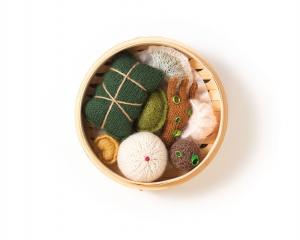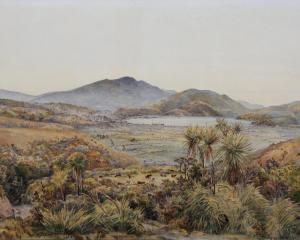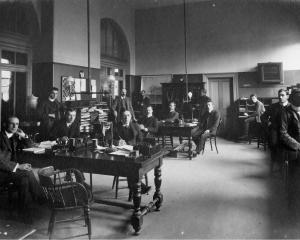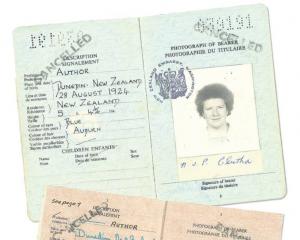Otago Museum's fin whale skeleton has proved to be a source of entertainment, instruction and education, writes Rosi Crane.
For nearly 130 years, a fin whale skeleton has been hanging in the same spot at Otago Museum from specially designed and built iron girders.
During a major refurbishment in 1973, the whale became the centrepiece of the Maritime gallery, where it can still be seen today.
Large skeletons were a drawcard for late 19th-century museums, and whales were an obvious choice in New Zealand.
In 1882 the Dunedin correspondent for the Tuapeka Times noted that museum curator Prof Thomas Jeffery Parker (1850-97) had a ''mania for skeletons ... [and] procured some splendid and interesting specimens of birds and fish''.
Prof Parker did not hesitate to acquire the fin whale skeleton when the opportunity arose.
In May 1883, the fin whale beached in Nelson.
Captain William Barry, an ex-whaler who made a living from lecturing throughout New Zealand, had its flesh removed and its bones cleaned.
After exhibiting the skeleton at a store in Nelson, he toured it in towns around the country, finally ending up in Dunedin.
Barry assembled the whale skeleton at a warehouse in St Andrew St, jointing its bones together as, the Nelson Evening Mail noted, ''only an old whaler knows how''.
According to the Otago Daily Times, Barry held a dinner party for ''a number of ladies and gentlemen ... in the jaws of the monster whale'' and it attracted the attention of ''a considerable number of people''.
By the middle of August, however, a one-sentence newspaper report in the Otago Daily Times stated simply that ''Captain Barry has disposed of his whale skeleton to the Otago Museum''.
Prof Parker wrote of his acquisition to his colleague Julius von Haast, curator of Canterbury Museum in Christchurch, who also had a whale skeleton, saying: ''The baleen is in beautiful condition, and the skeleton altogether will be a very fine one. It is to be slung from iron girders supported by the columns. What size is your specimen? Mine is 54ft 6ins.''
Showing the whale to the public was of secondary importance to Parker.
His main audience were his zoology and medical university students who had to complete a course in the comparative anatomy of animals as part of their studies, and bones were better study aids than stuffed specimens.
In its life-after-death, the fin whale proved to be a source of entertainment, instruction and education.
The exhibition of this one skeleton has charted the changing focus and fashion of museum displays.
Surrounded by ships and shipping, its current situation in the Otago Museum Maritime gallery is rather different from that intended by Prof Parker.
• Rosi Crane is a honorary curator of history science at Otago Museum.












